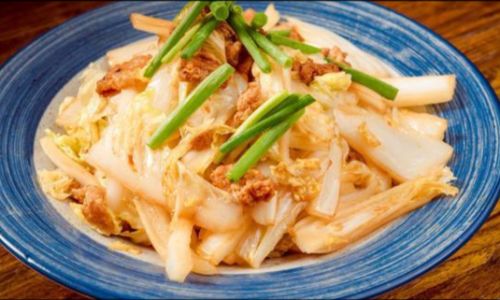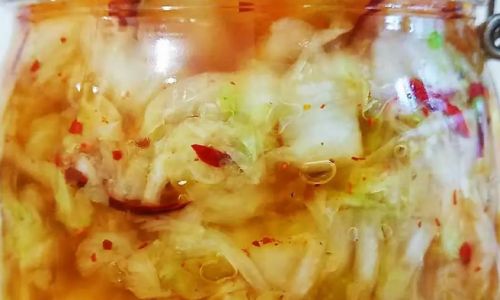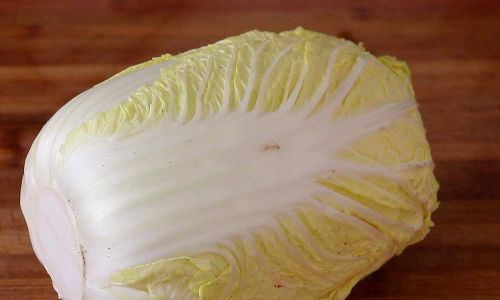In a world where chaos often reigns, the simplest pleasures can anchor us to moments of peace. One such pleasure is the act of savoring a meal that warms not just the body but also the spirit. The phrase “吃一口浑身暖洋洋”—“A bite that leaves you warm from head to toe”—captures this universal longing for comfort through cuisine. Food has always been more than sustenance; it is a bridge between culture, memory, and emotion. This article explores how certain dishes, spices, and culinary traditions across the globe evoke physical warmth and emotional resilience, offering solace in an unpredictable world.
The Science of Warmth: How Food Affects Body Temperature
To understand why certain foods induce warmth, we must first delve into the biology of thermoregulation. The human body maintains a core temperature of around 98.6°F (37°C), a delicate balance disrupted by cold environments or stress. When we consume food, our bodies expend energy to digest, absorb, and metabolize nutrients—a process known as thermogenesis. Calorie-dense foods, particularly those rich in proteins, fats, and complex carbohydrates, require more energy to break down, generating heat as a byproduct. This is why a hearty stew or a slice of buttery toast can feel instantly restorative on a chilly day.

Spices play a pivotal role in this equation. Capsaicin, the compound in chili peppers that causes a burning sensation, tricks the body into believing it is overheating, triggering sweat and a subsequent cooling effect. However, repeated exposure to spicy foods can enhance circulation, dilating blood vessels and promoting blood flow to extremities—a phenomenon that creates a lingering warmth. Similarly, gingerols in ginger and piperine in black pepper stimulate nerve endings, inducing a mild inflammatory response that raises body temperature. These biological reactions, combined with the psychological comfort of flavor, make spiced dishes a timeless remedy for cold.
Culinary Traditions Around the Globe: Dishes That Embody Warmth
Every culture has its version of a “warming bite,” often rooted in geography and history. In colder climates, where survival hinged on hearty, calorie-rich meals, these dishes became symbols of resilience. Consider the Japanese oshiruko, a sweet azuki bean soup served piping hot, its sticky rice cakes and sugar syrup offering a sugar rush to combat winter’s chill. Or the Vietnamese phở, a broth simmered for hours with charred onions, ginger, and bones, its steaming bowl a ritualistic antidote to Hanoi’s misty mornings.
In Latin America, caldo de res (beef soup) is a beloved remedy for rainy seasons. Laden with vegetables, cilantro, and lime, its broth is both nourishing and restorative. Similarly, the Indian dal makhani—a creamy lentil dish slow-cooked with butter and spices—provides a blanket of warmth, its richness balanced by the zing of raw onions or a squeeze of lemon. Even in desert climates, where heat is relentless, warming foods persist: Moroccan tagine stews, simmered with dried fruits and lamb, offer a sweet-savory contrast to arid nights.
These dishes share common threads: slow cooking, layered flavors, and a focus on ingredients that fortify. They are not merely meals but rituals, prepared with patience and served with intention.
Spices and Herbs: Nature’s Heating Elements
Spices have long been valued for their ability to transform mundane ingredients into feasts for the senses. Beyond flavor, many spices have medicinal properties that align with the pursuit of warmth. Turmeric, a staple in South Asian curries, contains curcumin, which reduces inflammation and improves circulation. Cinnamon, a favorite in oatmeal and chai, mimics insulin activity, stabilizing blood sugar and preventing the energy crashes that leave one shivering.
Garlic and onions, members of the Allium family, are natural antibiotics and vasodilators. When sautéed in olive oil, they release sulfides that boost immune function—a critical advantage in colder months when viruses thrive. Herbs like rosemary and thyme, rich in antioxidants, enhance digestion and metabolic efficiency, ensuring that every calorie is utilized effectively.

The strategic use of these ingredients reflects an ancient wisdom: food as medicine. A bowl of Lebanese lentil soup, fragrant with cumin and coriander, does more than satisfy hunger—it arms the body against seasonal ailments. Similarly, a mug of Mexican champurrado, a thick chocolate drink spiced with cinnamon and star anise, is a testament to the Aztecs’ understanding of cocoa’s energizing properties.
The Ritual of Sharing Warm Meals
Warmth is not solely physiological; it is social. The act of gathering around a steaming pot or a simmering cauldron fosters connection, a balm for the soul’s cold. In many cultures, communal meals are non-negotiable: the Korean jjigae (stew) shared family-style, the Italian polenta passed around a farmhouse table, or the Ethiopian doro wat eaten with hands from a communal platter. These rituals transcend mere sustenance; they are affirmations of belonging.
Psychologists note that shared meals release oxytocin, the “bonding hormone,” reducing stress and fostering trust. When combined with warming flavors, the effect is compounded. A plate of Jamaican jerk chicken, its spices smoky and fiery, becomes a celebration of resilience when enjoyed with friends. A bowl of Ukrainian borscht, its beet-red broth garnished with sour cream, tells stories of survival through generations.
Modern Twists on Classic Comfort Foods
In an era of plant-based diets and gluten-free living, the quest for warming meals persists—albeit with contemporary adaptations. Cauliflower aloo gobi, roasted with turmeric and cumin, offers a vegan twist on the classic Indian curry. Zucchini noodles tossed in a creamy cashew-based “alfredo” sauce, spiced with nutmeg, replicate the comfort of Italian pasta without dairy. Even the humble grilled cheese sandwich has evolved: sourdough bread slathered with vegan butter, layered with caramelized onions and Daiya cheese, and pan-fried until golden.
These innovations reflect a broader shift toward mindful eating, where warmth is pursued without guilt. A mug of golden milk—turmeric, almond milk, and black pepper—has become a nightly ritual for health-conscious millennials seeking both comfort and anti-inflammatory benefits. Matcha lattes, with their grassy bitterness and frothy texture, offer a Japanese-inspired alternative to coffee, providing sustained energy without jitters.
The Psychology of Warmth: Memory and Nostalgia
Food’s ability to warm the soul often stems from its association with cherished memories. The scent of baking cinnamon rolls might evoke childhood Christmases; a bowl of chicken noodle soup could recall a grandmother’s kitchen. Neuroscientists attribute this to the brain’s olfactory bulb, which processes smells and links them to emotional memories stored in the amygdala. A single bite can transport us across decades, offering a fleeting escape from present anxieties.

This phenomenon explains why certain dishes are deemed “comfort foods”—they are time machines disguised as meals. A slice of apple pie, its crust flaky and filling spiced with cinnamon, is not just dessert; it is a love letter to simpler times. A steaming cup of Hong Kong-style milk tea, brewed strong and sweetened with condensed milk, is a nostalgic nod to colonial history and bustling cha chaan teng diners.
Conclusion: The Enduring Power of a Warming Bite
In a world where cold can feel inescapable—whether literal or metaphorical—the act of seeking warmth through food remains a profoundly human instinct. From the scientific dance of thermogenesis to the emotional resonance of shared meals, cuisine offers a multifaceted antidote to discomfort. The dishes highlighted here—and countless others unexplored—are testaments to humanity’s ingenuity and resilience.
So the next time you shiver under a blanket or feel adrift in life’s storms, remember the power of “吃一口浑身暖洋洋.” Whether it is a bowl of ramen in Tokyo, a plate of jambalaya in New Orleans, or a simple cup of spiced tea by your window, let food be your anchor. For in every warming bite lies the promise of renewal—a reminder that even in cold, there is heat to be found.





0 comments